The Crossroads of the Aether
Information
To undertake, promote, and encourage research and discussion on all things concerning Airships. Particularly on the Science, History, and Future of Airship flight with a view to the Factual or the Fantasy... ...and all in the Spirit of Steam.
Location: Cloud Nine...
Members: 27
Latest Activity: on Friday
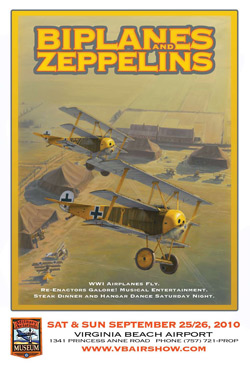
Discussion Forum
Russian (Soviet) Airships
Started by Captain. Last reply by Captain on Friday. 5 Replies 0 Likes
http://en.wikipedia.org/wiki/Soviet_and_Russian_airshipsI like this quote:"In 1812, desiring to attack Napoleon's army during…Continue
1897-98 Mystery Airship(s)
Started by Captain. Last reply by Captain Dec 1. 5 Replies 0 Likes
http://thechurchofufology.blogspot.com/2011_07_01_archive.html…Continue
K-Class Navy Blimp
Started by Captain. Last reply by Captain Nov 16. 25 Replies 0 Likes
01 Goodyear Puritan ZNP-K Blimp GondolaGoodyear Puritan ZNP-K K-28…Continue
US Dirigibles (rigid)
Started by Captain. Last reply by Captain Oct 20. 5 Replies 0 Likes
Rigid airshipsZMC-2, a metalclad-airship built by the…Continue
Comment Wall
Comment
-
Comment by Captain on December 1, 2014 at 11:14pm
-
Comment by Captain on October 21, 2014 at 9:43am
-
Comment by Captain on July 31, 2014 at 11:41am
-
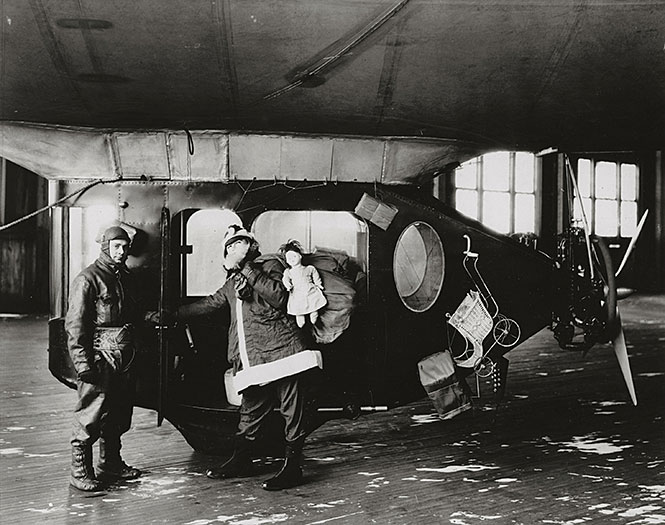
National Air and Space Museum
“Santa Claus Express” Goodyear Airship, 1925
Smithsonian Snapshot celebrates the Christmas season with this 1925 photo of Goodyear’s “Santa Claus Express” airship from the National Air and Space Museum.
In the 1920s, the Goodyear Tire and Rubber Co. of Akron, Ohio, built a fleet of small civil airships that were used to demonstrate the value of lighter-than-air flight and to train future airship pilots. One of those airships, “Pilgrim I,” was the first designed for inflation with helium.
In 1925, “Pilgrim 1” was renamed the “Santa Claus Express” and used for toy delivery. In the photograph shown here, Pilgrim’s pilot Carl Wollam holds the gondola door for Santa, portrayed by Goodyear employee Jack Yolton.
-
Comment by Captain on July 28, 2014 at 11:22am
-

S.A. Andree And The Heroic Age Of Arctic Exploration
•This is the book that made me realize why I don't particularly need literary fiction. Which seems like an odd recommendation, until you delve into Alec Wilkinson's spare, gorgeous, horrifying account of the 19th century polar exploration craze and realize he has as much to say about human nature as any guy from Brooklyn. The story centers on Swedish explorer S.A. Andrée, who got it into his head that a balloon (in this case hydrogen, rather than hot air) would be the ideal way to survey the North Pole in speed and late-Victorian comfort. Andrée appears to have been a man who never let circumstances change his opinions, and "nothing that interested him was beyond his ability to have an opinion about it." Needless to say, things don't end well for Andrée and his crew; but Wilkinson situates their doomed quest beautifully in an era of explorers who sought the sublime, the sacred and the terrifying in the icy, dark-starred Arctic wastes.
-- , editor, NPR Books
http://www.npr.org/2014/06/17/318605448/on-the-rise-hot-air-balloon...
-
Comment by Captain on July 10, 2014 at 11:25am
-
Comment by Captain on July 10, 2014 at 11:07am
-
Comment by Captain on July 8, 2014 at 3:24pm
-
Helium is sold by the US Government for 1.5 cents per cubic foot; annual production is about 5 million cubic feet. In bulk, it is sold in 2500 psi cylinders, each containing 5600 cubic feet of helium when released. A few industrial-scale users within the US receive helium in tanks 40' long, 4' in diameter, sent four to a flatcar -- each tank contains 200,000 cubic feet of helium. A transatlantic dirigible voyage results in the loss of about 5% of the lifting gas (more or less depending on conditions, construction techniques, and crew skill). Hydrogen is usually produced at airship bases as needed, rather than being stored in large quantities.
LZ 127 Graf Zeppelin
- German hydrogen-filled dirigible, 45 crew + 20 passengers + 12 tons cargo; five 530 HP Maybach engines; cruise 72 mph, endurance 118 hours; length 774', diameter 100', weight (empty) 74 tons; launched 1928; visited America (including a stop in Los Angeles) during 1929 round the world trip. Cost, 7.5 million Marks -- about $1,800,000.
USS Los Angeles ZR-3
- American helium-filled dirigible, crew 40 - 45; five Maybach 400 HP engines; top speed 76 mph. Length 658', diameter 90' 8". Originally the German LZ-126, this ship was obtained as war reparations in 1924 and used to test various systems and procedures for the later Akron and Macon, including some that were not used (or not publicly acknowledged), such as glider-landed troops. Decommissioned in June of 1932, it was announced in 1939 that she would be dismantled.
USS Macon ZRS-5
- American helium-filled dirigible; eight Maybach engines of 560 HP; top speed 70 mph; length 785', diameter 133'. Carries up to five Sparrowhawk fighter aircraft aboard. Its sister ship USS Akron (ZRS-4) was lost in April of 1933. They cost about $4 million each.
R-100
- British hydrogen-filled dirigible, 30 to 45 crew + 100 passengers, carried in 3 decks (cabins are two or four berths each, and accomodations include a 56 person dining room); engines six Rolls Royce Condor V-12, 650 HP each; max 131 mph, range about 8,000 miles; length 720', diameter 136', hull weight 59 tons empty, fuel and oil 32 tons, water ballast 21 tons, gross lift 175 tons (mass of airship, cargo, fuel, crew, ballast, etc.); cost $900,000. First flight was on December 16, 1929.
-
 Comment by Robert Steffen on June 29, 2014 at 1:11am
Comment by Robert Steffen on June 29, 2014 at 1:11am -
-
Comment by Captain on June 23, 2014 at 8:46pm
-
Comment by Captain on June 11, 2014 at 10:00am
-
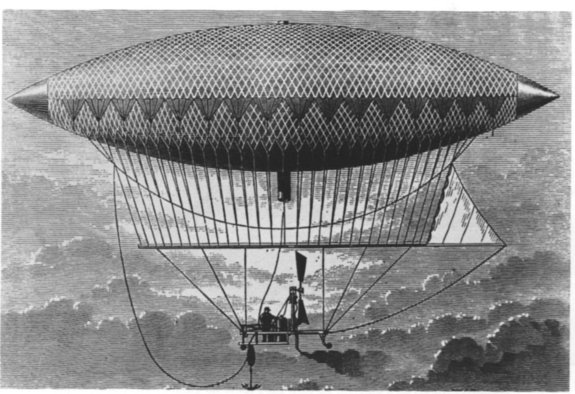 The first powered flying machine: http://www.space.com/16623-first-powered-airship.html
The first powered flying machine: http://www.space.com/16623-first-powered-airship.html
© 2014 Created by Hephzibah Marsh.

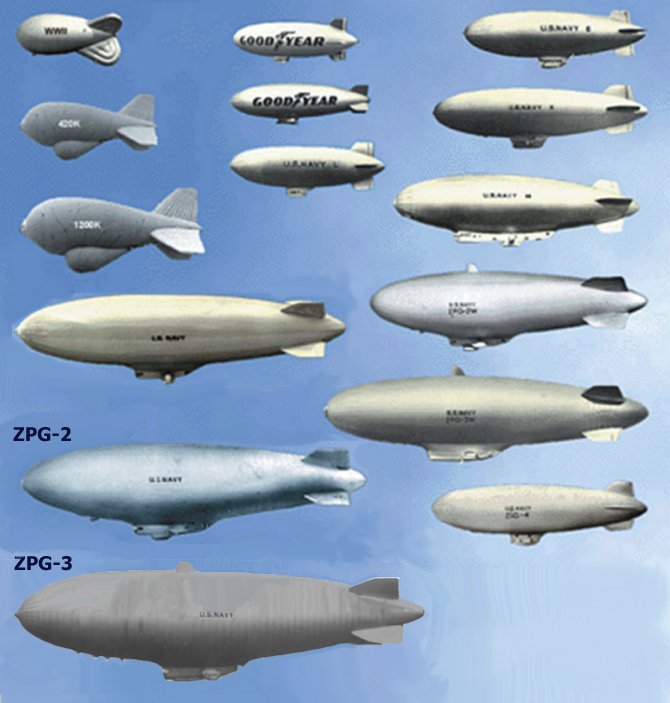
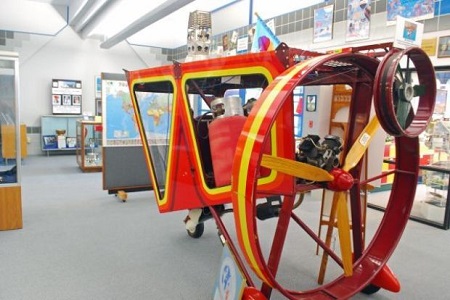
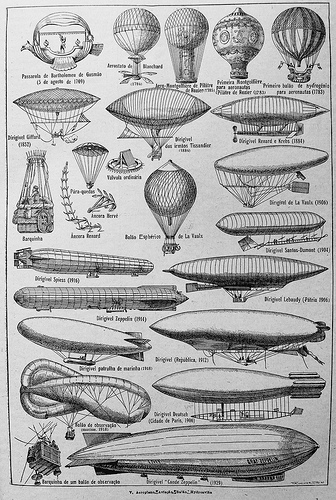





















You need to be a member of Nostalgic Association Concerning Airships (NACA) to add comments!